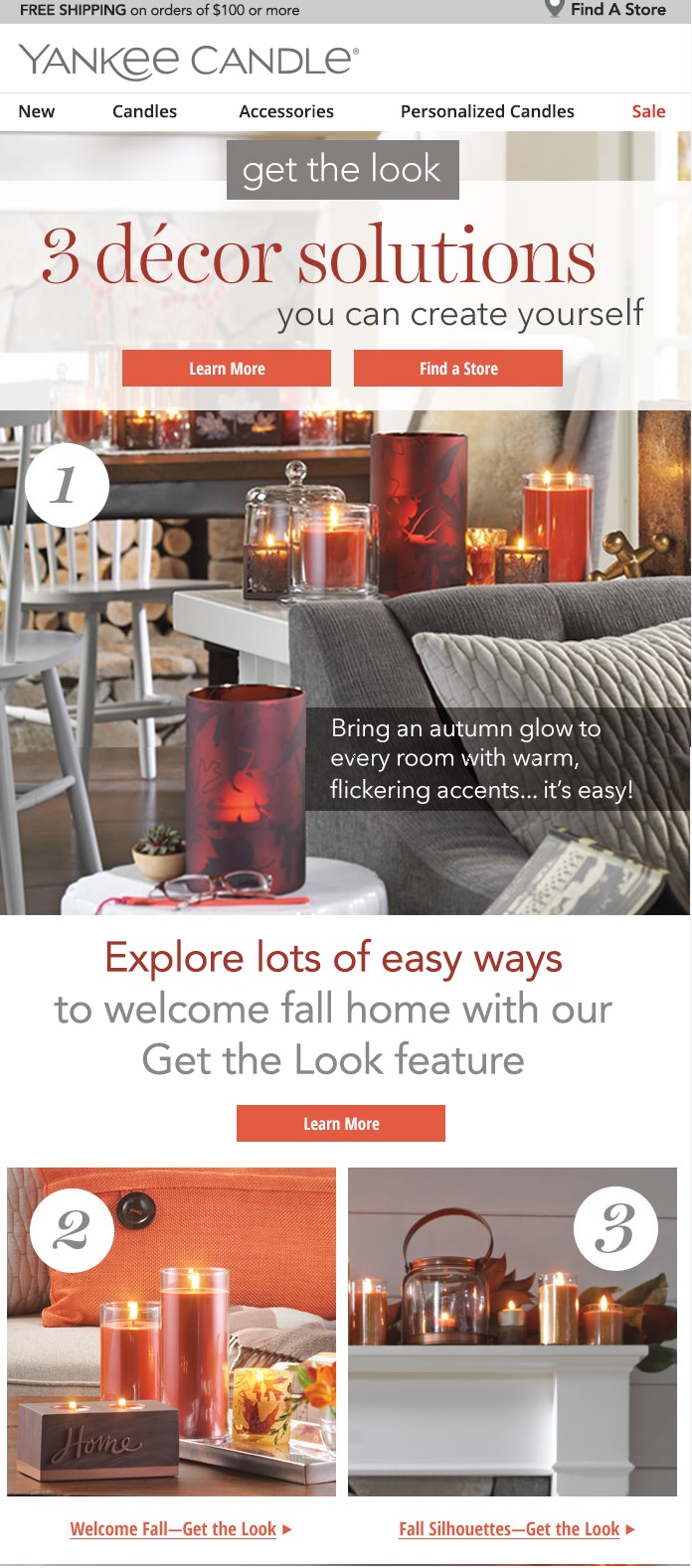The holidays start early for ecommerce retailers. Planning for a successful holiday season typically starts in the summer. In this article, I’ll explore four tips for ecommerce merchants to help prepare their email programs for the fall and holiday season.
1. Establish a Strategy
An email marketing strategy starts with a SWOT analysis — strengths, weaknesses, opportunities, threats — for your brand and products. This could look something like this.
- Strengths. The number of brand advocates and email subscribers.
- Weaknesses. Operational efficiency.
- Opportunities. Increasing revenue from email. Grow subscribers.
- Threats. Competitors, overall economic conditions.
Increasing revenue from email could include, for example, changing email frequency among segments, or establishing a new offer for the holiday season.
2. Develop Artwork Early
Staying relevant and fresh is vital to keeping subscribers. Growing, progressive retailers consistently change email artwork, layout, and basic design, as well as general marketing creative, such as logos. For example, Yankee Candle recently changed its logo and email artwork for the fall and holiday seasons.

Yankee Candle recently changed its logo and email artwork for the fall and holiday seasons.
Use the late summer and early fall to establish new templates (including finally introducing responsive design) for the fall and holiday season. This allows time to correct rendering problems and to analyze where on the email recipients are clicking. Setting up A/B tests now can help increase open and click rates for the holidays.
Beyond that, set conversion funnels and track the actions of recipients — from the email to the site. This will help identify what to include in an email, and where. For example, if you feature certain product categories in the email but most clicks are to your logo (for the home page), perhaps the product categories are not optimized for the audience receiving the email.
Small tweaks in design and messaging, in other words, can nudge conversion rates up and make a large revenue difference for the season.
3. Try New Ideas to Stand Out
According to a recently released whitepaper by Yesmail, marketers are sending more holiday emails but the engagement by recipients with those emails is declining. Yesmail found that 13.4 percent more brands deployed holiday-themed messages in 2015 than 2014. But open rates, according to Yesmail, decreased by 13 percent from Q3 to Q4 in 2015 as volume grew by 29 percent.
Simply put, retailers now have an even more difficult time in standing out from the email crowd and staying relevant to recipients. To overcome this, consider these ideas for the holidays.
- Emojis. Test and try emojis in subject lines, especially if your company has yet to use them.
- Change the “From” email address. Try switching up From lines to be a variation of your brand or from an individual at your company.
- Use preheaders. Utilize preheader text as an extension of your subject line message. This will showcase well on smartphones, where most emails are opened.
- Change deployment times. Test switching the time of your email deployments during the holiday season. If you typically send mid-morning on a weekday, switch it to a weekend or weeknight to see if it attracts lapsed customers.

This email from J.C. Penney may not be engaging enough for subscribers to open or click
4. Clean Subscriber Data
Email campaigns are only as strong as the subscriber database. Email databases need cleaning and reorganization periodically to keep the clutter down, and to identify potential opportunities. Heading into holiday season, go through your database again, to clean and optimize.
- Verify email addresses of your entire database.
- Try appending non-deliverables. Assemble non-deliverable email addresses and run an email append on them. Subscribers may have switched email addresses and you can email them at their new address, or previously bounced addresses are now active.
- Segment the list. Analyze the open, last click, and last purchase date of your subscribers. This will help group subscribers into buckets for easy segmentation.




